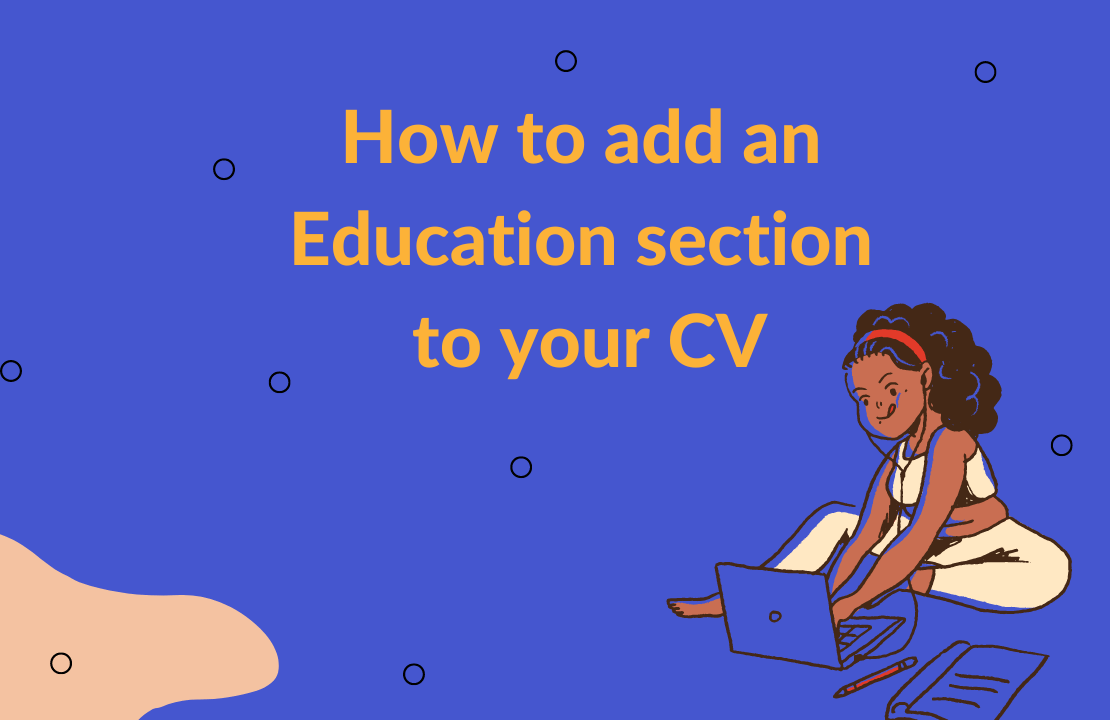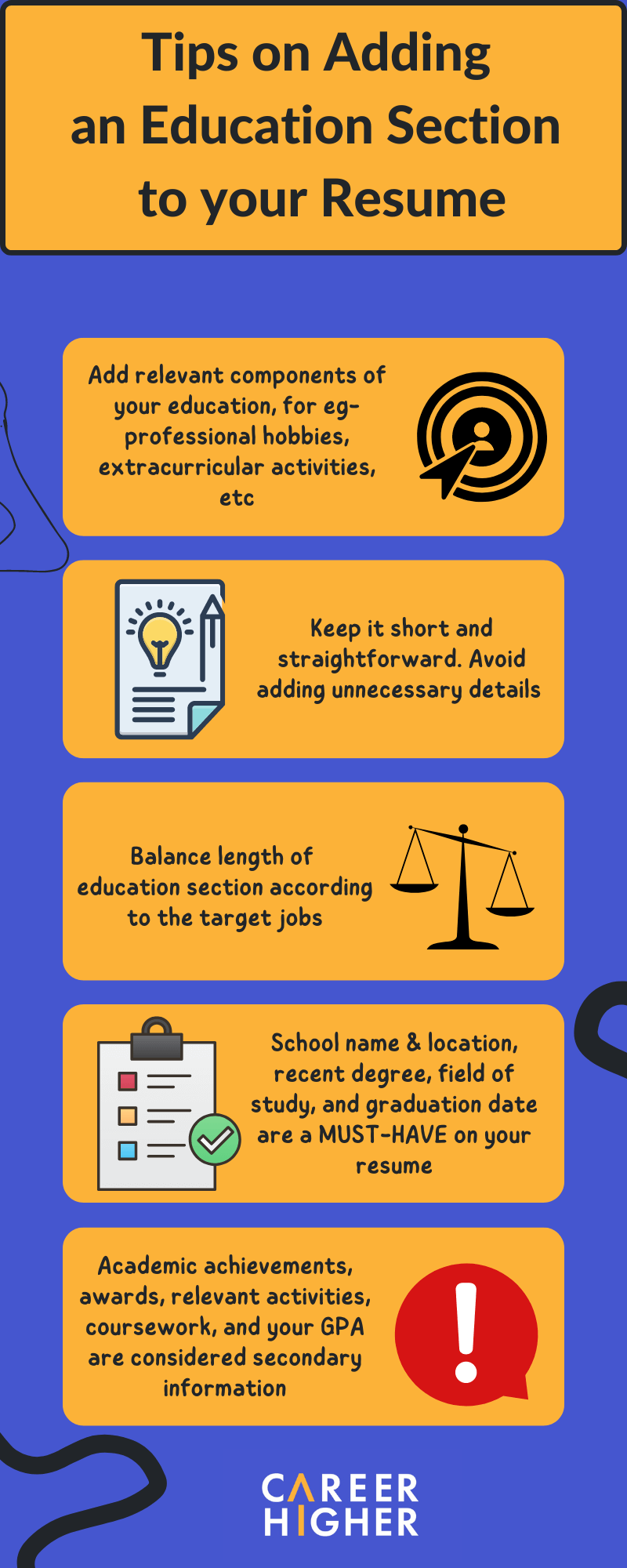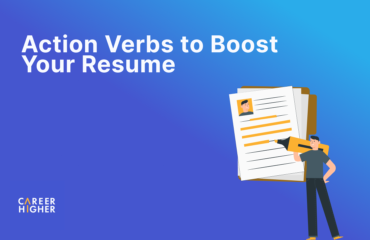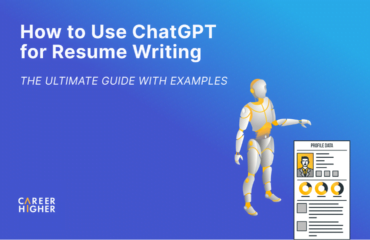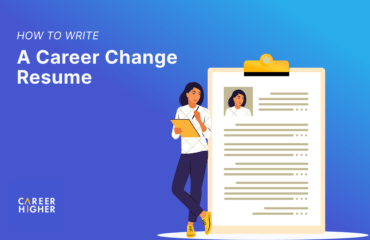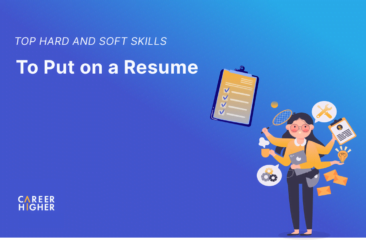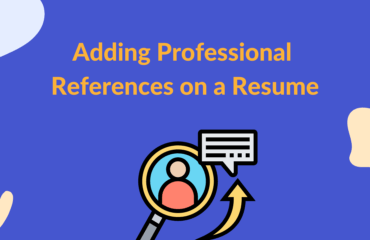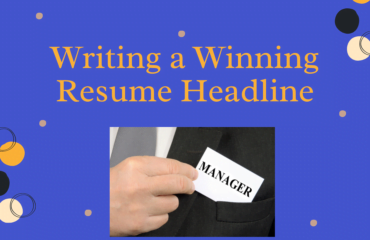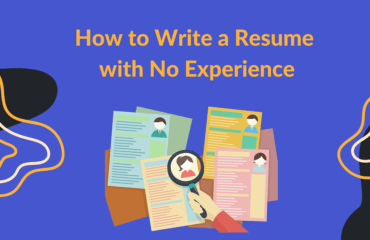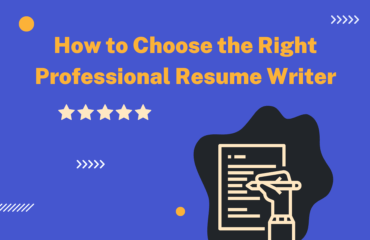Table of Contents
In most cases, education is one of the most relevant requirements, regardless of your target position. It may be more relevant than others, depending on each candidate’s unique circumstances. Hence, it should be presented differently. But which details should you include? And how do you write a resume education section?
When writing a resume, the education section is critical to highlight your latest qualifications and credentials. As most recruiters only spend a few seconds reviewing a resume, it will help you to show them that you possess the expertise and knowledge required for the position you are applying for. In this article, we will guide you on how to create a proper resume education section tailored to your needs.
What do employers look for in an Education section?
The education section is an opportunity to prove to hiring professionals that you are the ideal candidate for the position. Understanding what your employer is looking for in this section is important in identifying what information you should include. Ideally, they will expect specific details based on the requirements of each job vacancy.
They can assess your work ethic, related skills, and personality features accumulated throughout your grades or achievements. We suggest always adapting the balance between education and work experience, so that they are equally important to find clues and information about you. Hence, you can adapt according to the job position and achieve the best results with your resume.
How to create your resume Education section?
There are some essential details we highly suggest including in your education section. These are considered to be the most helpful ones as they provide the basis for your educational background. Similarly, if you have any relevant academic achievements, you can also emphasize them by adding some supplementary information.
Essential information
- The name and location of your school
- Your most recent degree (or education in progress)
- Your field of study and degree (major or minor)
- Graduation date (or expected graduation date)
Supplementary information
- Your grades (we recommend only if it’s above 3.5)
- Academic honors and awards
- Relevant coursework
- Relevant extracurricular activities, study abroad programs, and leadership positions (e.x. from clubs)
- Your dissertation
- Scholarships, sponsorships, or grants, if acquired
We highly suggest mentioning relevant extracurricular activities to the job you’re applying for. However, if you have higher education, we recommend excluding the supplementary details from your resume and leave room for more important qualifications like work experience. Below we offer basic formats that are commonly used for the education section.
Example 1: High School Degree
Townsend Harris High School • New York, NY
High School Diploma, Graduated in 2021
GPA 3.6/4.0
Chess Club President, 2018 – 2020: Participated in national events
School President, 2020: Facilitated all official procedures for students
Example 2: Associate Degree
Santa Barbara City College • California, CA
AC Degree in Automotive Services and Technology
GPA: 3.8./4.0
Awards: Acquired one full scholarship from FORD Motor Company
Example 3: Bachelor’s Degree
University of Steinhardt • New York, NY
BSc Applied Psychology
Honors: Cum Laude GPA 3.9/4.0
Resume Education section scenarios by experience level
1. Students and fresh graduates
For students and graduates, it can be daunting to create a resume because of the lack of work experience. To make up for this, it is important to present your education section correctly. You can add relevant details, such as achievements and extracurricular activities.
Also, in this case, education should be presented after the key skills section and before the professional experience. This way, you can highlight your strengths, helping recruiters find the most relevant information more quickly. Below we present different examples for this section:
Example for a high school student:
Steinhardt High School • New York, NY
High School Diploma, Graduated in 2010
GPA 3.8/4.0
Example for a fresh graduate
University of Steinhardt • New York, NY
BSc in Applied Psychology, 2010 – 2013
Honors: Cum Laude (GPA 3.8/4.0)
Thesis: Differences between clinical psychology practices for teenagers.
2. Non-graduates
If you are a candidate with an incomplete degree, your education section is presented differently. Maybe you are in the process of obtaining your GED or diploma, completed some relevant academic studies but eventually did not complete your degree. You may have gone for another profession during your studies but still have courses relevant to the new profession. Whichever the case, each scenario demands a different approach.
When listing an incomplete education, it is important to refrain from using words that don’t have a positive impact on a resume, such as “unfinished” or “incomplete”. Using such words can affect the potential employer’s impression of you. The following examples would be appropriate for such educational status.
Example for a student that has not graduated:
Steinhardt High School • New York, NY
High School Diploma
Expected graduation in March 2010
Example for applicants that did not finish their degree:
University of Steinhardt • New York, NY
Completed 50 credits towards a BSc in Applied Psychology
Relevant courses: Developmental Psychology, Social Psychology, Families, Schools, and Child Development
3. Mid–career candidates
For career professionals with five or more years of experience, education goes below your professional experience. At this stage, your work experience is more valuable than your academic pursuits. Recruiters have more interest in your professional endeavors, so keep education as concise as possible. You can remove extracurricular activities to make room for more relevant and professional details. Here are some examples:
Harvard Business School • Massachusetts, MA
Masters of Business Administration (MBA)
For a mid-career professional with a double major, we recommend putting the one that is more relevant to the job description first.
University of California • Berkeley, CA
B.Sc. in Mechanical Engineering and Chemistry
GPA: 3.6/4.0
4. Senior-level candidates
In general, for senior candidates with over five years of experience, the same principle applies. In this scenario, avoid oversharing experiences and flooding the education section with irrelevant information. We also recommend not mentioning graduation dates to avoid ageism and using relevant language for a recruiter younger than you.
Your resume should be adapted to the job field you target. Too much academic information, and you may appear overqualified for a position. Applicants seeking employment in an academic or scientific field may require a CV-style resume and a long-form education section that provides high-level details of undergraduate programs or a doctorate.
This could be used for a senior career candidate:
Stanford Business School • California, CA
MSc in Entrepreneurship
BSc in Mathematics
This would be an appropriate example for a Ph.D. candidate:
Yale University • Connecticut, CT
Ph.D. in Astronomy
Honors: Cum Laude (GPA 3.8/4.0)
Thesis: Dark Matter and its effects on Solar Flares.
MSc in Mathematics
GPA: 3.8/4.0
Awards: Cole Prize in Algebra (2019)
In the examples above, you’ll notice that the graduation dates are not included. If your degree was obtained years ago, it is normal not to include it on your resume. To avoid age discrimination, we recommend excluding education over 20 years old.
Where to place your Education section?
Another vital aspect of optimizing your resume is where you place the education section. To maximize your chances of getting noticed, select the right position based on your experience level and target industry. Those two factors will determine the introduction of the education section to the recruiter.
Resume creation is a unique process for everyone. The format and the intent play a vital role in an ideal presentation. Also, be aware that recruiters check the summary first in all the formats.
1. Reverse-chronological resume
In reverse chronological order, you list everything from the newest work experience to the oldest. This is the ideal type of resume for highly experienced professionals and for companies that hire with the ATS software. In this format, education can be placed before or after the work experience part based on its importance.
2. Functional resume
This format is ideal for first-time job seekers or career changers with less or no relevant work experience in their target fields. In this skill-based resume, the education section comes third after the skills and summary. However, if you have educational qualifications with direct relevance to your target position, you can place the education section before the skills section.
3. Hybrid resume
The hybrid resume is a combination of skill-based and reverse-chronological resume formats. This is suitable for candidates who may have relevant work experience but still need to support their resume with a skills section or with a diverse employment history. The education section position depends on how many details are used for skills.
The cornerstone of a proper education section is a befitting presentation of your skills, achievements, and academic knowledge that are suitable with the job requirements. It is crucial to find the appropriate length and position in regards to your experience and ideal format. These essential aspects of your resume education section will improve your chances of getting hired. If you prefer support from professional resume writers to save time, we would be happy to help.
